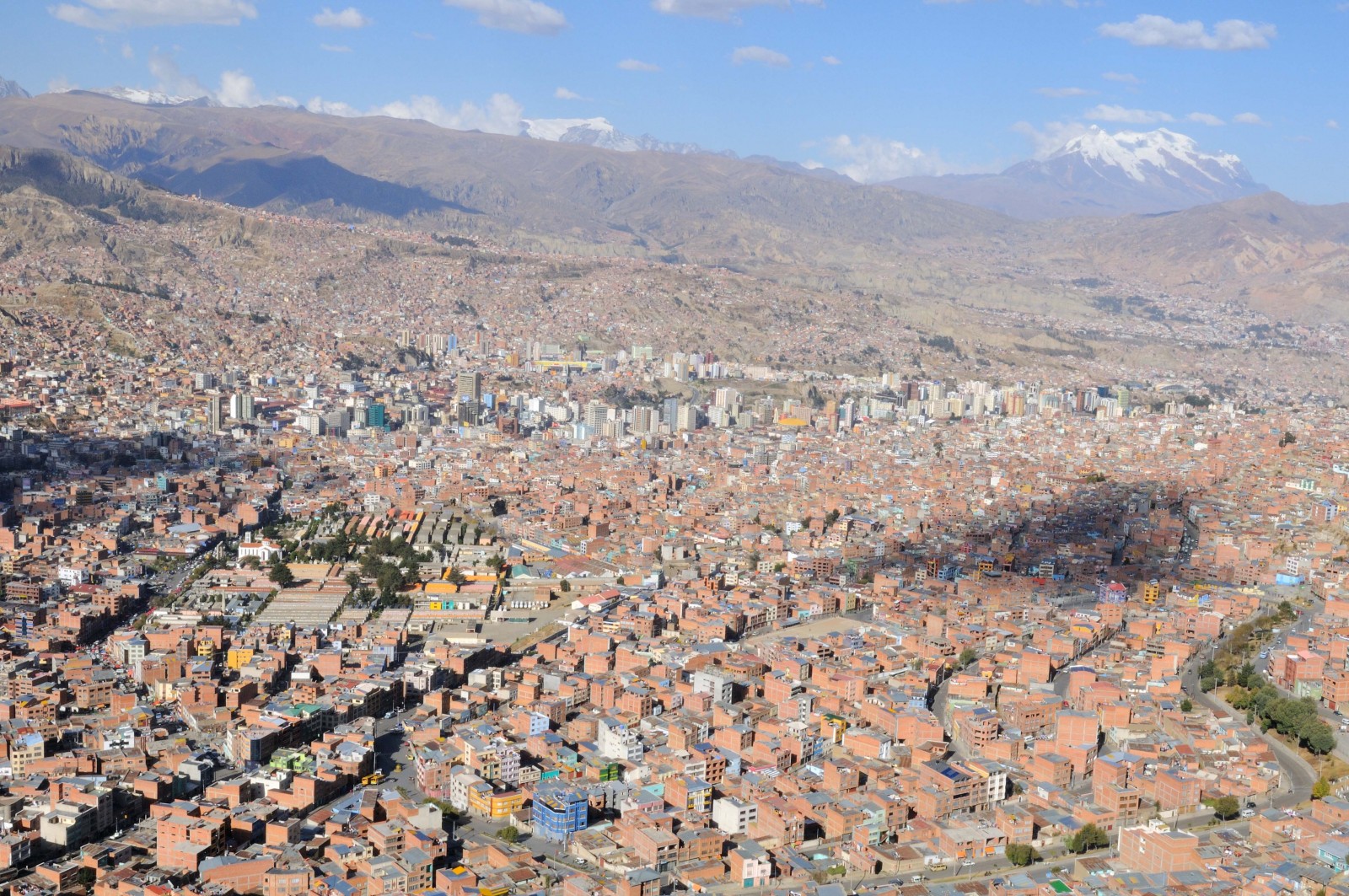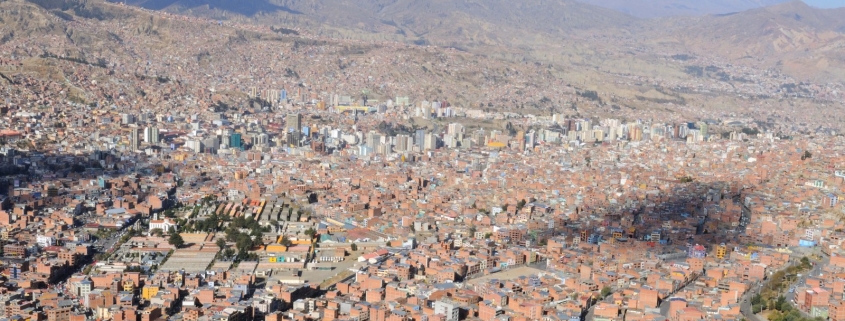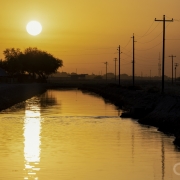HotSpots H2O: Rapidly Disappearing Tuni Glacier Raises Concerns for Bolivian Water Scarcity

The Bolivian city of La Paz. © Wikimedia commons
The Tuni glacier, a formerly vast piece of ice that rises over the Bolivian capital of La Paz as a critical water source, is disappearing faster than predicted, reported Reuters earlier this month. The resulting melt will lead to further water shortages in the capital region, where water is already scarce.
While scientists initially anticipated that the glacier would last until 2025, the ice field is now less than a square kilometer and is expected to vanish quickly. Tuni has been shrinking since the Little Ice Age, a period of cooling that began in the 14th century, but more recent climate change events, drought, and torrential rainfall in Bolivia have accelerated the process.
In 2016, Bolivia suffered from the worst drought in decades, leaving 125,000 families without water, nearly 700,000 acres of crops affected, and the country in a state of emergency. In the year following, dry conditions continued and La Paz experienced another similarly historic drought that increased shortages throughout the city and forced people in over 100 neighborhoods to ration water. Last year, the country declared another state of emergency due to forest fires and drought, leading to the historically low river and groundwater levels. This dry spell followed a period of heavy rain and flooding that displaced families.
The melting glaciers surrounding La Paz, such as the Tuni glacier, shrunk by 43 percent between 1986 and 2014. Between 2000 and 2018, the glaciers lost an average of 23 billions tonnes of ice each year. The Bolivian Chacaltaya glacier, once the world’s highest ski resort, disappeared in 2009.
Once melted, the glaciers will no longer be able to provide water during the dry season in cities such as La Paz, which takes about 20 percent of its water resources from the Tuni glacier.
To combat these water shortages, the Bolivian government has invested $64.7 million in recent years to construct new supply systems, such as four new water reservoirs. But these measures, which are meant to aid the other three reservoirs in delivering a third of La Paz’s drinking water, are further complicated by the growing populations in major Bolivian cities.
“In the city of La Paz, [population growth] is about 2.5 percent a year,” explained Universidad Mayor de San Andrés glaciologist Edson Ramírez to Reuters. “So with the reduction of water sources, you have the increase in the population and an increase in demand for water.”
The population in the neighboring city of El Alto is also growing by 5 percent annually, putting pressure on Bolivia’s shrinking water supply and causing concern for the city’s future water management.
Elena Bruess writes on the intersection of environment, health, and human rights for Circle of Blue and covers international conflict and water for Circle of Blue’s HotSpots H2O.











Leave a Reply
Want to join the discussion?Feel free to contribute!